Today we’re going to talk about the hip hinge, how to perform it, why it is important that we do it correctly. And finally, we’re going to give you a drill that we like to use to ensure that we are doing it correctly.
So what is a hip hinge, and why is it important?
If we think about the fundamental movements of the human body, we have upper-body pushing and pulling, and then we have lower body pushing (squat) and pulling (hinge).
With hip hinging being one of those four primary movements, we have to make sure we can do it correctly.
A hip hinge is simply bending at the waist while reaching our hips back.
Whether it’s a deadlift, a kettlebell swing, a child you’re picking off the floor, or a heavy bag of dog food. This is how we want everybody to pick things up off the ground. A good hinge pattern will help keep us strong and injury-free for a long time.
So how do we teach this movement? We ask our athletes to stand nice and tall, feet forward, right under those hips. Keeping our chest up as much as possible, we are going to reach those hips straight back. We’re looking to create a lot of tension in the hamstrings.
One common thing we see is people don’t know where their hips are in space, so they just start squatting. Their knees go forward, and their hips sink. Not what we’re looking for. And now, with most of the job being done by the quads, the knees are working extra hard.
We want to make sure that we push those hips back and use those hamstrings and glutes to do the movement.
Another common flaw that we see is going to be the loss of that neutral spine. Flexing or rounding out the spine when lifting something heavy can be risky.
Here’s a drill that we like to use at CrossFit Mass that clients know if they’re hinging well.
Grab a stick. A broom handle or piece of PVC will do. Place the stick so it contacts the back of your head, mid-back, and tailbone all at once. These will be the three main points of contact for the stick. Now, bend the knees slightly, but only enough to allow the hips to move back.
As you do this, you’ll feel the hamstrings are tense. And, you should notice that all three points of contact are still maintained.
If you don’t bend your knees enough, that dowel pops off your lower back.
If you round your back and flex at the spine while doing the hinge, you’ll notice that you’re one or more points of contact when you bend over. We need to keep all three.
Give it a try, and let us know how it goes.

